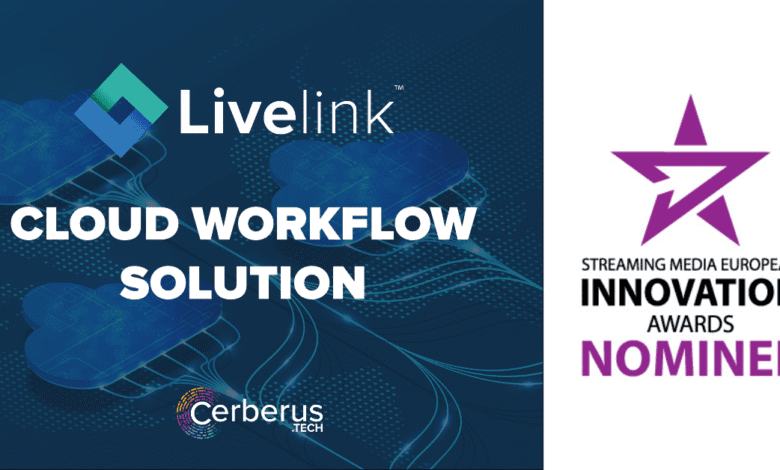Effortlessly Scale Your Live Streaming Without Stress

▼ Summary
– Live streaming demands high-quality, uninterrupted experiences comparable to traditional broadcasts, increasing pressure on infrastructure.
– The “middle mile” of live streaming—transcoding, packaging, and routing—remains complex and fragile, requiring near real-time processing.
– Modern live streaming requires speed, scalability, quality, reliability, and flexibility, enabled by cloud-native and template-based workflows.
– Automated tools and monitoring ensure consistent video quality and reliability, preventing glitches and outages during live streams.
– Cloud-based, modular platforms streamline workflows to support diverse formats and channels, enhancing efficiency and scalability.
Delivering seamless live streaming experiences has become non-negotiable for media companies and content creators. Viewers now demand broadcast-level quality across every device, from smartphones to smart TVs, with no lag or interruptions. Meeting these expectations requires rethinking the backbone of live video infrastructure, the often-overlooked middle mile between content creation and audience delivery.
The middle mile presents unique challenges, real-time transcoding, adaptive bitrate packaging, and multi-format distribution must happen flawlessly, often across dozens of simultaneous streams. Traditional setups relying on manual processes or rigid architectures struggle to keep pace, leading to bottlenecks during peak demand. Forward-thinking organizations are addressing these hurdles by focusing on five pillars: speed, scalability, quality, reliability, and flexibility.
Speed is critical when launching live events on short notice. Whether it’s breaking news, pop-up broadcasts, or last-minute sports coverage, workflows must activate in hours, not days. Cloud-native solutions with preconfigured templates eliminate the need for custom coding, enabling rapid deployment. For example, a broadcaster can now spin up multiple high-quality streams, complete with ingest, processing, and delivery, in under two hours, a feat that once required weeks of preparation.
Scalability is equally vital. Fixed infrastructure often forces a compromise between cost efficiency and performance. Over-provisioning wastes resources, while under-provisioning risks crashes during traffic spikes. Cloud-based elastic scaling solves this by dynamically adjusting capacity based on demand. Usage-based pricing and modular orchestration allow businesses to support everything from massive global events to niche streams without maintaining expensive, always-on hardware.
Quality and reliability can make or break viewer trust. Buffering, sync issues, or resolution drops drive audiences away. Modern solutions leverage automated profile generation, ultra-high-definition pipelines, and proactive monitoring to catch problems before they reach viewers. Since live streams offer no room for error, platforms with built-in failover mechanisms, real-time health checks, and redundant architectures ensure uninterrupted delivery. Some broadcasters now operate 24/7 channels with minimal manual oversight, thanks to these advancements.
Flexibility is key in today’s multi-platform landscape. Content must adapt to OTT apps, social media, broadcast partners, and even digital signage, each with unique technical requirements. Modular workflow systems simplify this complexity by generating multiple output versions from a single source. Profile-based packaging eliminates redundant processing, making it easier to serve diverse audiences without sacrificing efficiency.
The future of live streaming hinges on bridging the middle mile seamlessly. Organizations leveraging cloud-native automation, elastic scaling, and intelligent monitoring gain a competitive edge. By optimizing speed, scalability, and reliability, they can deliver flawless experiences across every screen, keeping viewers engaged and coming back for more.
(Source: Streaming Media)